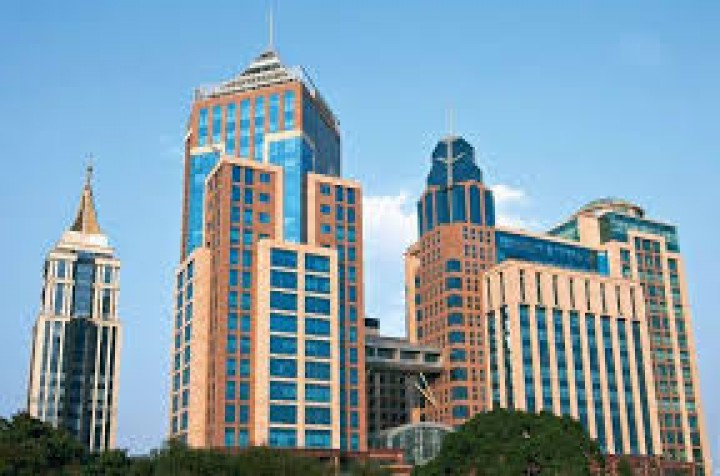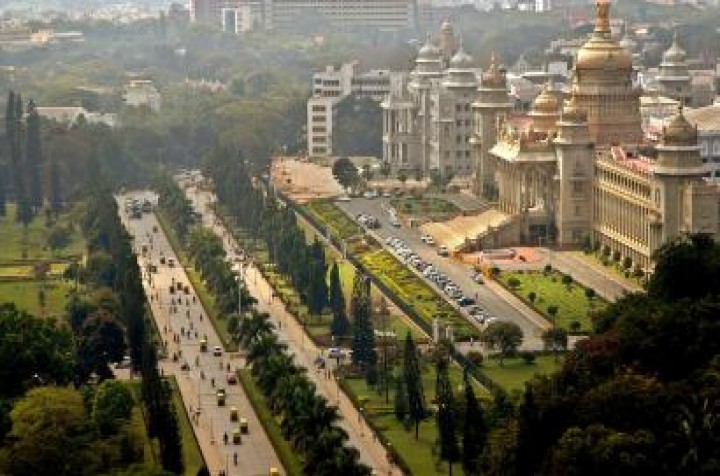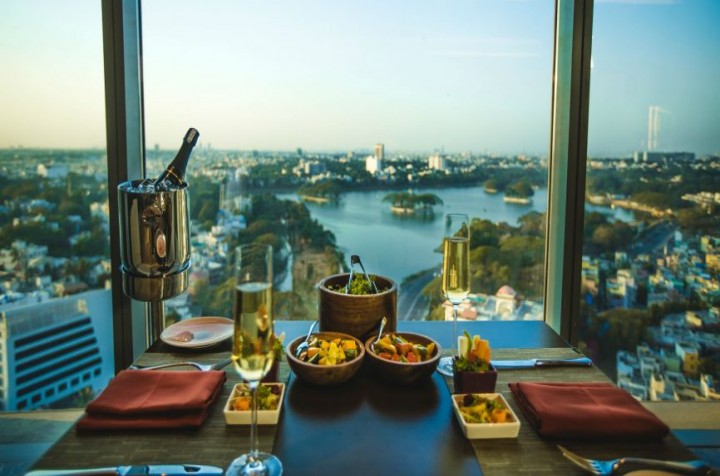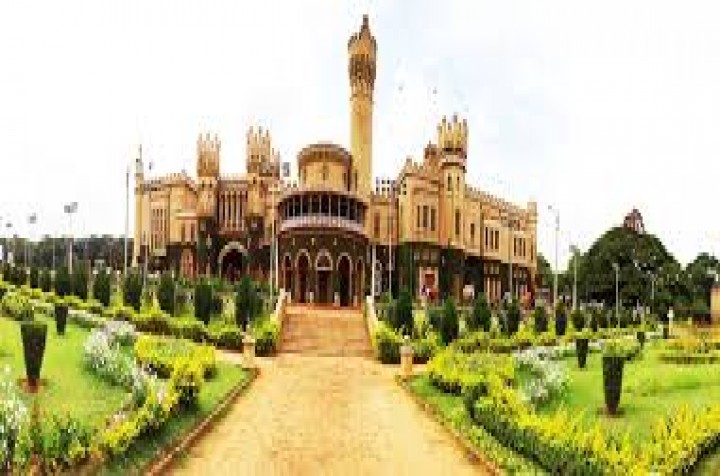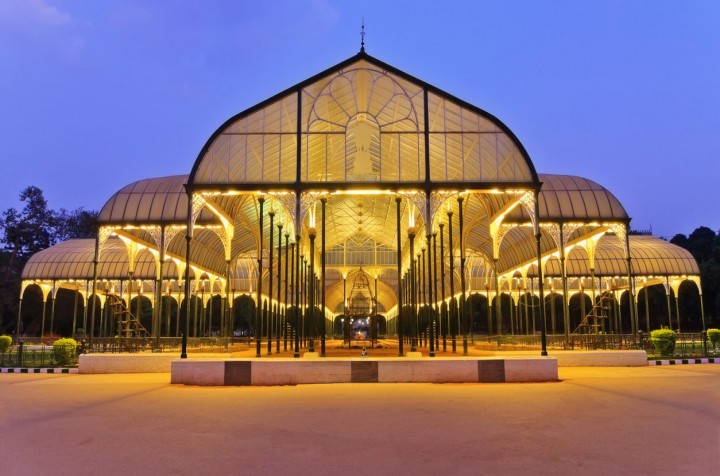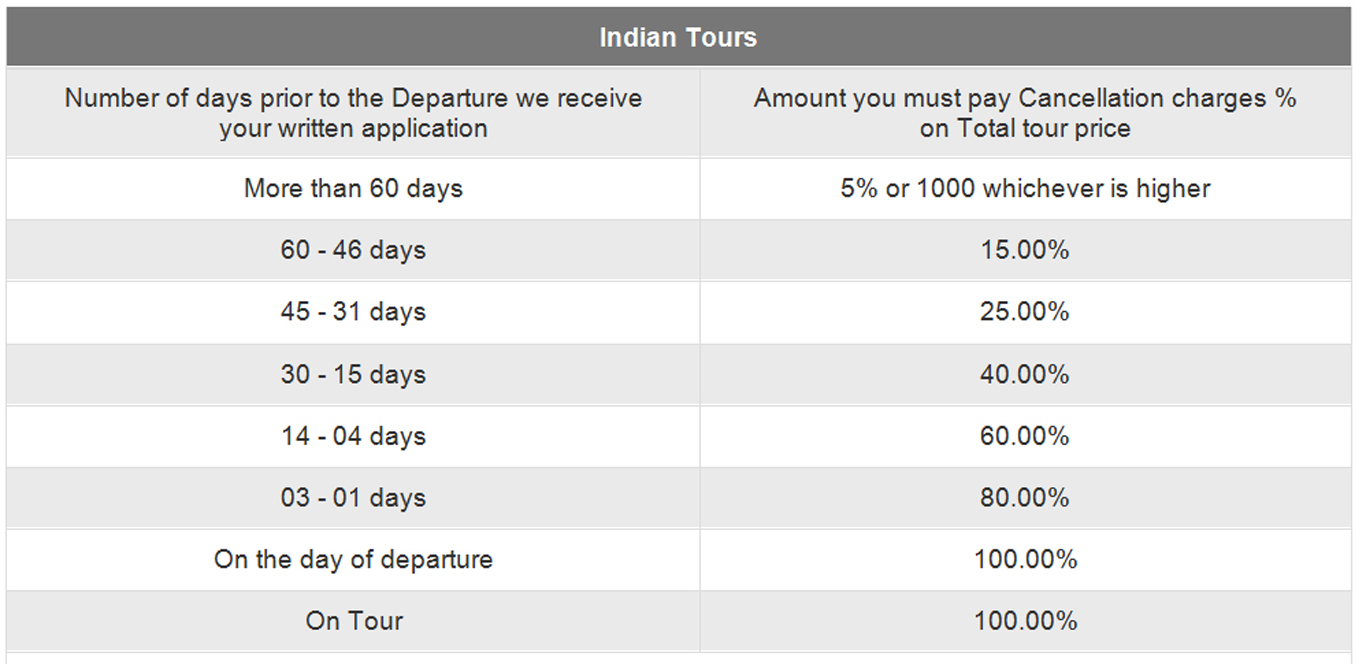What are the modes of travel on tour?
The modes of travel depend upon the tour which you book. Generally, we travel by Flight, Coach, Train, Cruise, Speed boat, Jet Foil, Cable Car, etc. as mentioned in the itinerary. For more information refer respective tour itinerary page on the website.
Are there any night journeys on tour?
For flights we may have night journeys, but we normally avoid night journeys on tour as far as possible.
How hectic is the pace of the tours?
We have a wide range of products which are designed as leisurely paced to medium paced to fast. Most of the tours are medium to fast pace as we cover maximum must see sight-seeing, we do not have optional sight-seeing.
Do we have to walk a lot on tours?
Generally, we have to walk at sightseeing places, amusement parks and at the airports sometimes for a long distance; however the same will be timely instructed by the Tour Leader.
Do we have to wake up early on tours?
Unless otherwise specified by the Tour Leader for World Tour, we normally follow 6-7-8 schedule i.e wake up at 6 am, breakfast at 7 am and departure at 8 am and for Indian tour its 7-8-9 schedule i.e. wake up at 7 am, breakfast at 8 am and departure at 9 am. However, the schedule may change as per the situation.
Do we get wake-up calls on tours?
Yes, you do get telephonic wakeup call through the hotel automated system, however it is advisable to have your mobile alarms set to be on the safer side.
What if I reach late and miss a part of the tour?
Punctuality is of utmost importance when traveling in group. We do not want you to miss any part of the tour so please be on time and always follow the Tour Leader's instructions. In case, you miss any part of the tour, we are not responsible/liable and no refund shall be given to you in this regard.
What assistance is provided to a disabled person or a senior citizen, who needs special assistance on tour?
A qualified companion must accompany the guest who needs such special assistance as individual assistance cannot be given to such guest by the Tour Leader considering he has to manage the entire group.
Can I take a wheelchair on tour? Will it be difficult while visiting places?
Yes, you can bring your own wheel chair and move at most of the sightseeing places but a qualified companion must accompany guest who are traveling on wheelchair.
Will I get drinking water during sight-seeing?
In most of the countries tap water is considered very safe and widely available. In-case, it is not so and wherever Travel of Indiaprovides the same is mentioned in the respective tour itinerary page on the website.
Will I get some time for my-self on the tour?
Group Tour Itineraries are designed and planned in such a way that you should get to see maximum places, so you will get time only when you are back at the hotel. However, if you wish to skip any sightseeing, then you have to inform the Tour Leader accordingly, but you shall not get any refund for such services which you have not availed at your own discretion.
At a particular destination, can my relative join me on the tour?
Yes, your relative is always welcome. S/he can join us on tour subject to your intimation to us at the time of your booking and payment of prescribed charges to make him / her eligible to join our tour and avail our services on tour.
Will Travel of India recommend me where to shop on a tour?
Our Tour Leader will provide information about the shopping areas on tour; however s/he will not suggest/recommend / promote any particular shop, area etc. to you.
Can I use my credit card for shopping / personal expense while on an International tour?
Yes, you can use internationally accepted Credit Cards for shopping and personal expenses but kindly cross check with your Bank before effecting any transaction. We are not responsible/liable for any loss, fraud, damage, cheating etc., if any, occurs in such cases.
How can I stay in touch with my family and friends on a World Tour?
While on tour, you can be in touch with your family and friends through a local calling card or local sim card as you may deem fit and desirable. You have to carry your mobile handset. We are not responsible for any charges levied by the international local authorities neither shall be responsible for loss of your mobile handset.
What assistance is provided, if I dis-continue the scheduled tour, on account of illness?
If you fall sick on tour, kindly inform the Tour Leader immediately. The Tour Leader will assist you in making all arrangements for the medical aid, doctor on call etc. However, the expenses will have to be borne by you. Here, Insurance plays a major role hence we highly recommend that you should get yourself and your family insured adequately before travel.
Can I get medicine on a World Tour?
We highly recommend you to carry sufficient medicines along with you on tour. While packing, distribute them evenly in different bags to ensure that you have some medicine with you in case there is any delay in getting baggage or loss. However you do get medicines on tour but your doctor's prescription for the same is a must.
